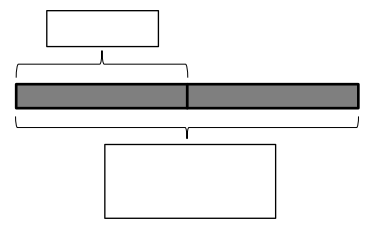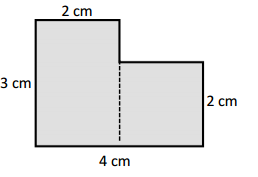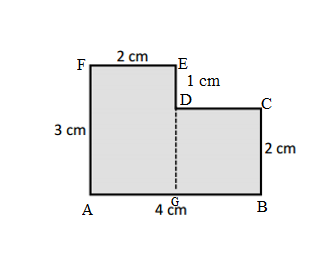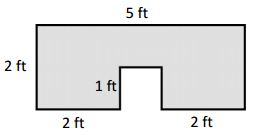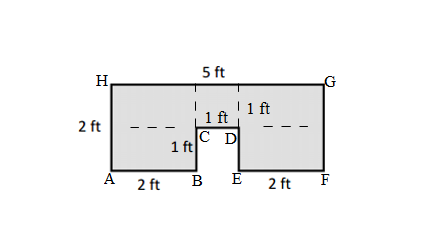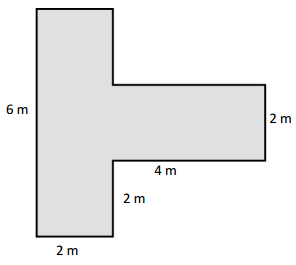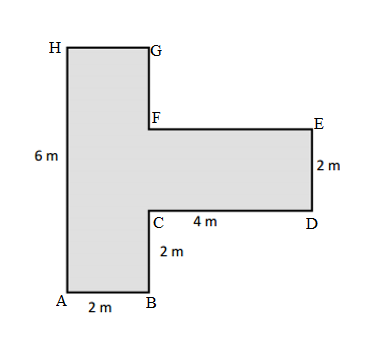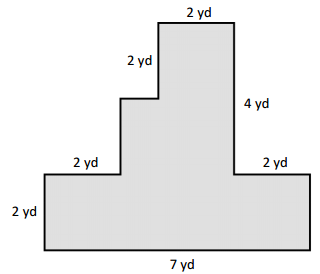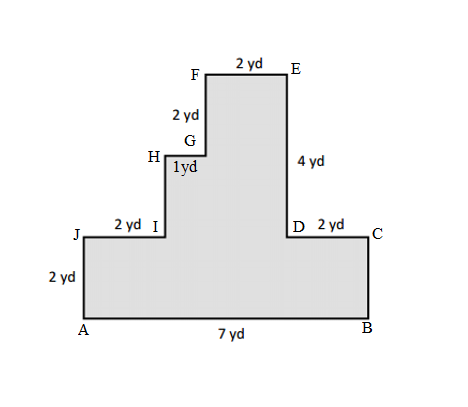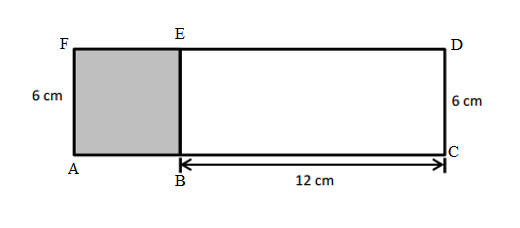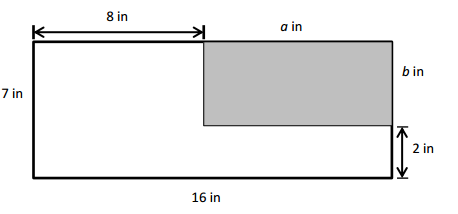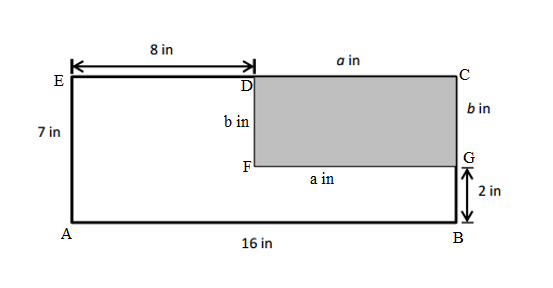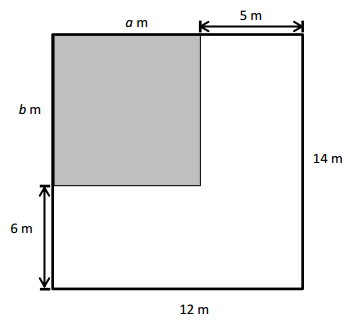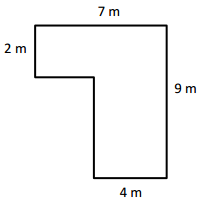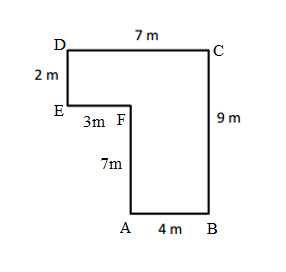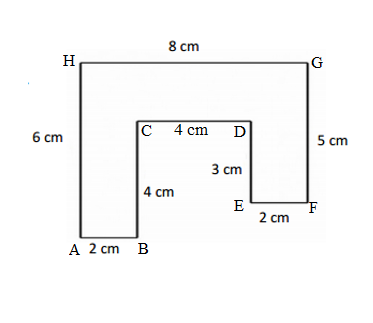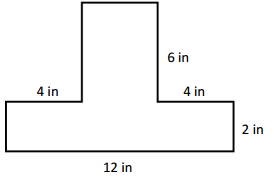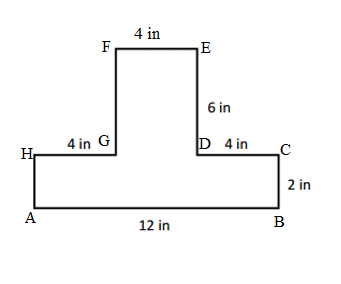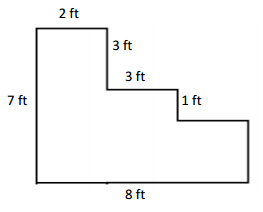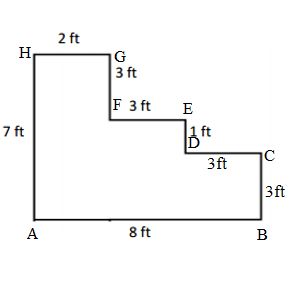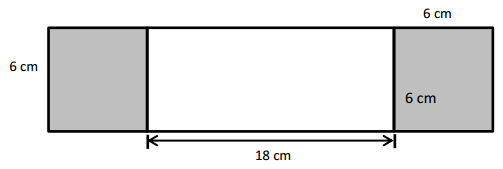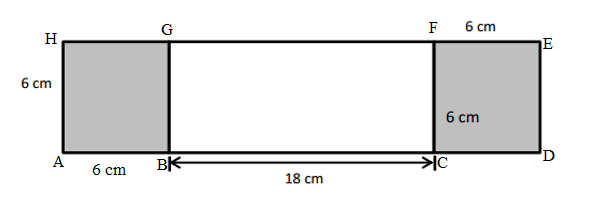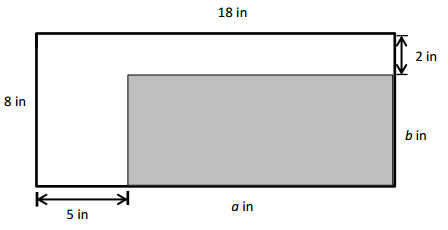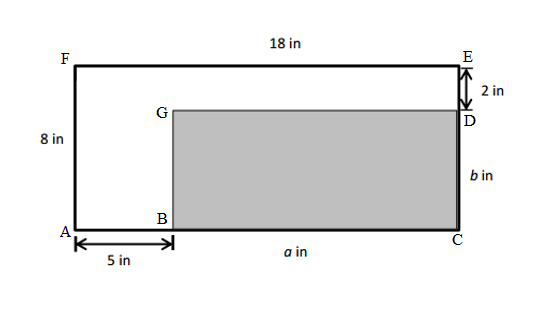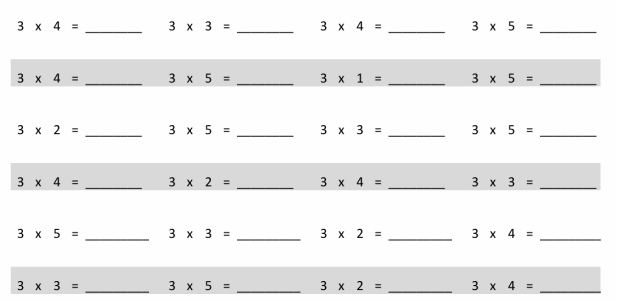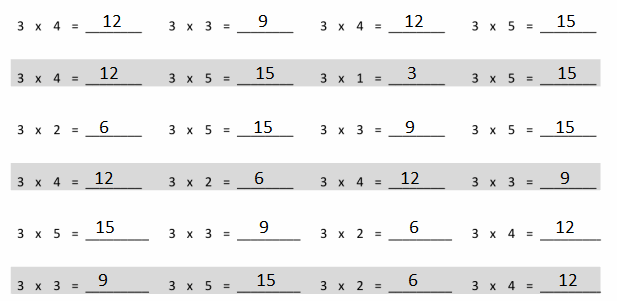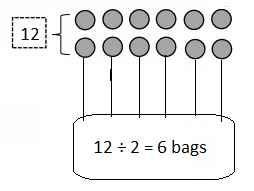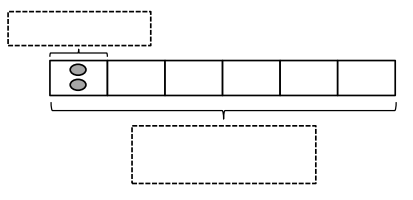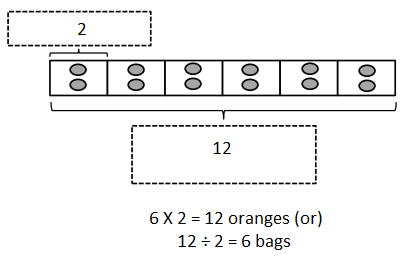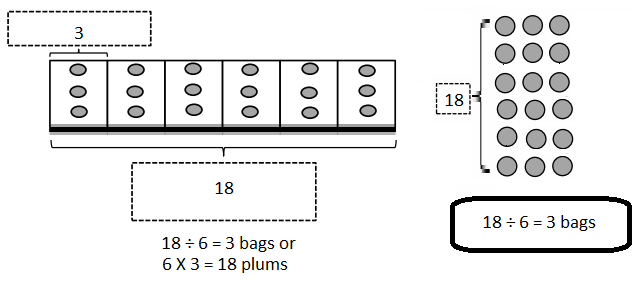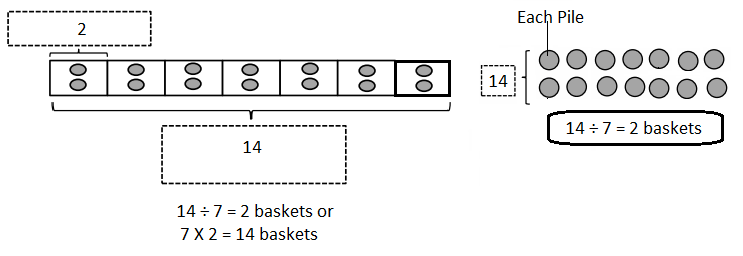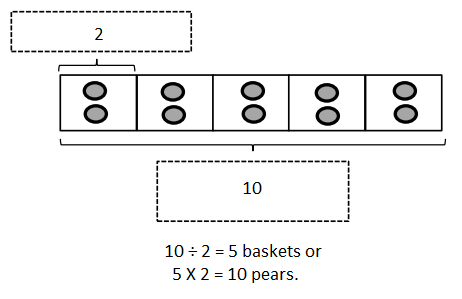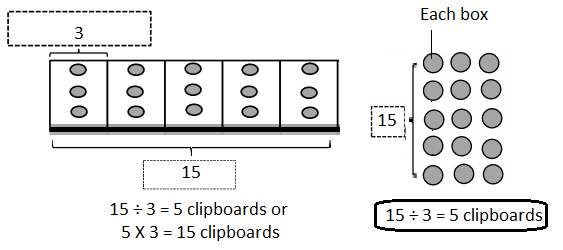Engage NY Eureka Math 3rd Grade Module 1 Lesson 16 Answer Key
Eureka Math Grade 3 Module 1 Answer Key
Eureka Math Grade 3 Module 1 Lesson 16 Pattern Sheet Answer Key
Multiply.
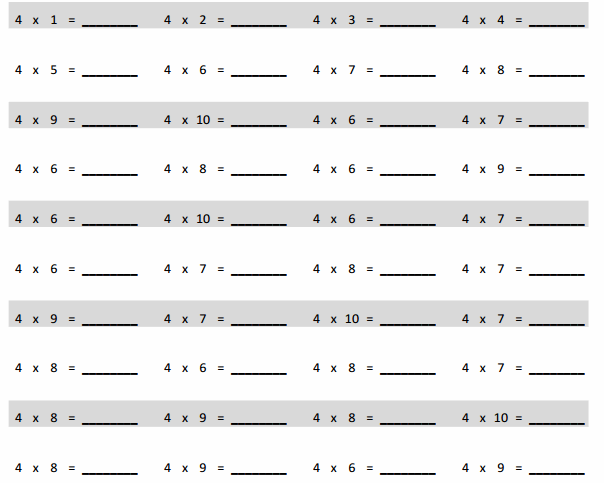

multiply by 4 (6–10)
Answer:

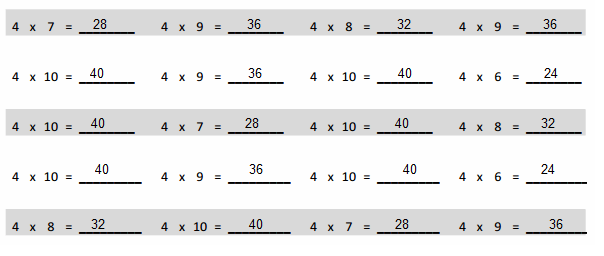
Explanation:
Multiplied by 4 (6–10) as shown above.
Eureka Math Grade 3 Module 1 Lesson 16 Problem Set Answer Key
Question 1.
Label the array. Then, fill in the blanks below to make true number sentences.
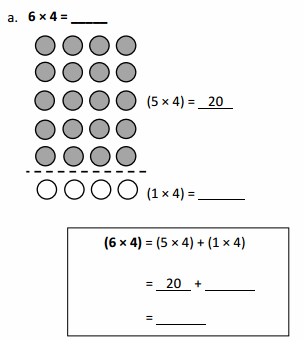
Answer:
6 × 4 = 24
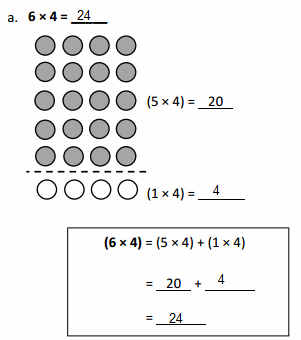
Explanation:
Labeled the array and filled the blanks to make true number sentences as (6 × 4) = (5 × 4) + (1 × 4) = 20 + 4 = 24.
6 × 4 we write as ((5 + 1 ) × 4).
So 6 × 4 = 24.
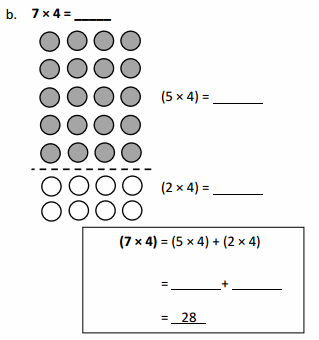
Answer:
7 X 4 = 28,
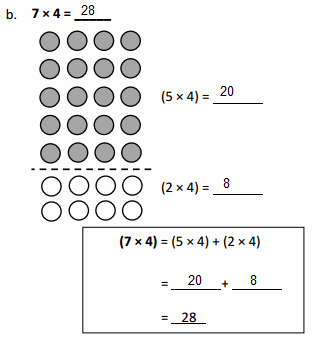
Explanation:
Labeled the array and filled the blanks to make true number sentences as (7 × 4) = (5 × 4) + (2 × 4) = 20 + 8 = 28.
7 × 4 we write as ((5 + 2) × 4).
So, 7 × 4 = 28.
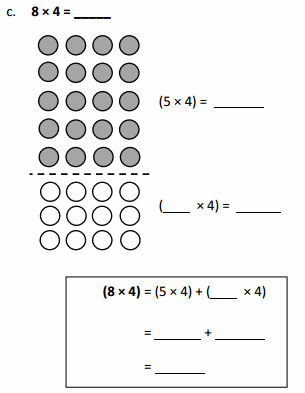
Answer:
8 × 4 = 32,
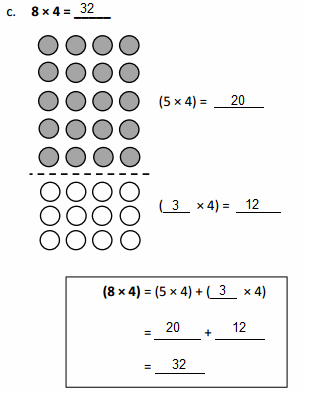
Explanation:
Labeled the array and filled the blanks to make true number sentences as (8 × 4) = (5 × 4) + (3 × 4) = 20 + 12 = 32.
8 × 4 we write as ((5 + 3) × 4).
So, 8 × 4 = 32.

Answer:
9 × 4 = 36,

Explanation:
Labeled the array and filled the blanks to make true number sentences as (9 × 4) = (5 × 4) + (4 × 4) = 20 + 16 = 36.
9 × 4 we write as ((5 + 4) × 4).
So, 9 × 4 = 36.
Question 2.
Match the equal expressions.
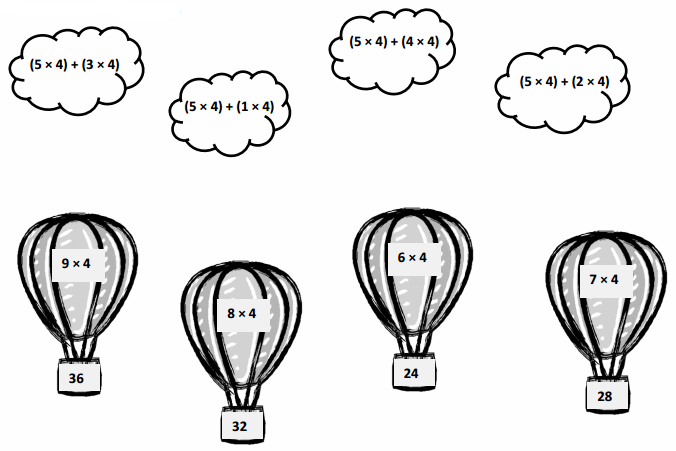
Answer:
 Explanation:
Explanation:
Matched the equal expressions as
(5 × 4) + (3 × 4) = (5 + 3) × 4 = 8 × 4 = 32,
(5 × 4) + (1 × 4) = (5 + 1) × 4 = 6 × 4 = 24,
(5 × 4) + (4 × 4) = (5 + 4) × 4 = 9 × 4 = 36,
(5 × 4) + (2 × 4) = (5 + 2) × 4 = 7 × 4 = 28.
Question 3.
Nolan draws the array below to find the answer to the multiplication expression 10 × 4. He says, “10 × 4 is just double 5 × 4.” Explain Nolan’s strategy.
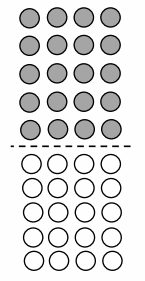
Answer:
Nolan’s strategy is 10 × 4 = 2 × (5 × 4) = 2 × 20 = 40, or 10 × 4 = 40,
Explanation:
Given Nolan draws the array to find the answer to the multiplication expression 10 × 4.
Nolan says, “10 × 4 is just double 5 × 4.” Nolan’s strategy is 10 × 4 = 2 × (5 × 4) = 2 × 20 = 40 is same as 10 × 4 = 40.
So, “10 × 4 is just double 5 × 4.”
Eureka Math Grade 3 Module 1 Lesson 16 Exit Ticket Answer Key
Destiny says, “I can use 5 × 4 to find the answer to 7 × 4.”
Use the array below to explain Destiny’s strategy using words and numbers.
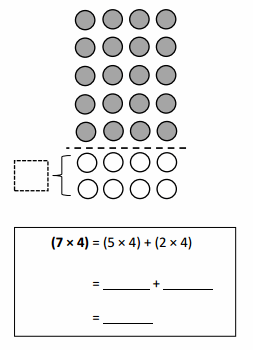
Answer:
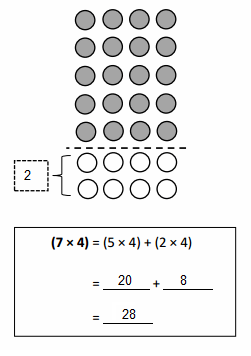
Explanation:
Given Destiny says, “I can use 5 × 4 to find the answer to 7 × 4.”
Used the array to explain Destiny’s strategy using words and numbers as to find 7 × 4 we write 7 as (5 + 2) and multiply with 4 as
(5 + 2) × 4 = (5 × 4) + (2 × 4) = 20 + 8 = 28, So we used 5 × 4 to find the answer for 7 × 4.
Eureka Math Grade 3 Module 1 Lesson 16 Homework Answer Key
Question 1.
Label the array. Then, fill in the blanks below to make true number sentences.
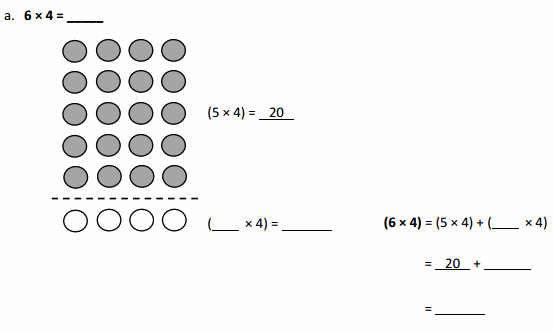
Answer:
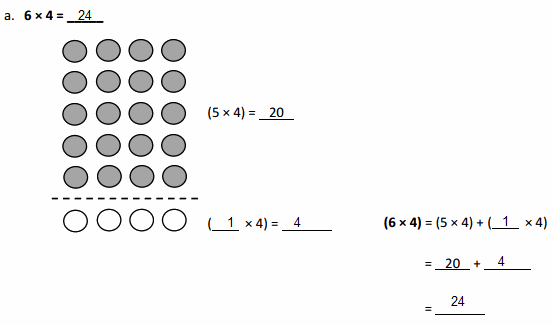
Explanation:
Labeled the array and filled in the blanks to make true number sentences as 6 × 4 = (5 × 4) + (1 × 4) = 20 + 4 = 24, or 6 × 4 = 24.
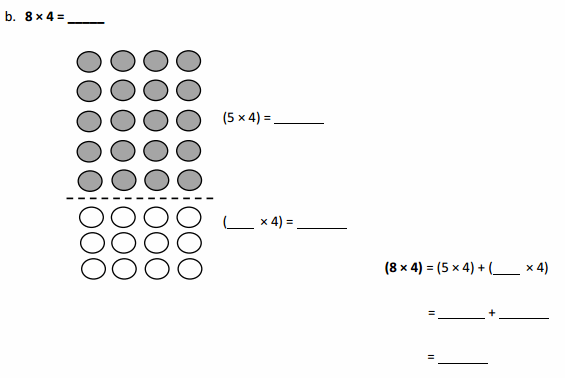
Answer:
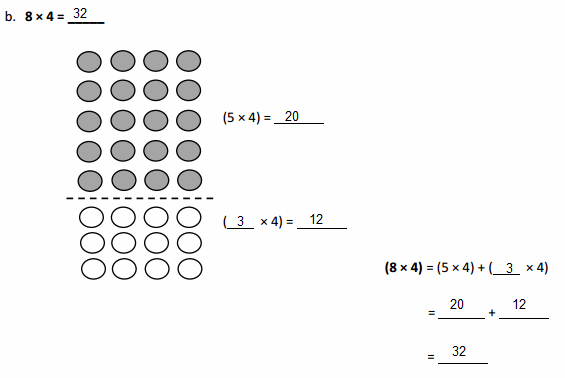
Explanation:
Labeled the array and filled in the blanks to make true number sentences as 8 × 4 = (5 × 4) + (3 × 4) = 20 + 12 = 32,
or 8 × 4 = 32.
Question 2.
Match the multiplication expressions with their answers.

Answer:

Explanation:
Matched the multiplication expressions with their answers as
4 × 6 = 24,
4 × 7 = 28,
4 × 8 = 32,
4 × 9 = 36.
Question 3.
The array below shows one strategy for solving 9 × 4.
Explain the strategy using your own words.

Answer:
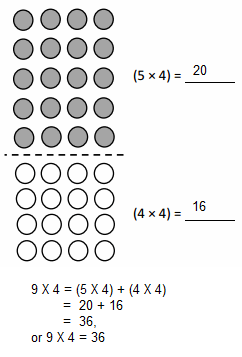
Explanation:
Given the array shown one strategy for solving 9 × 4.
The strategy used is 9 × 4 = (5 × 4) + (4 × 4) = 20 + 16 = 36,
9 × 4 = 36.

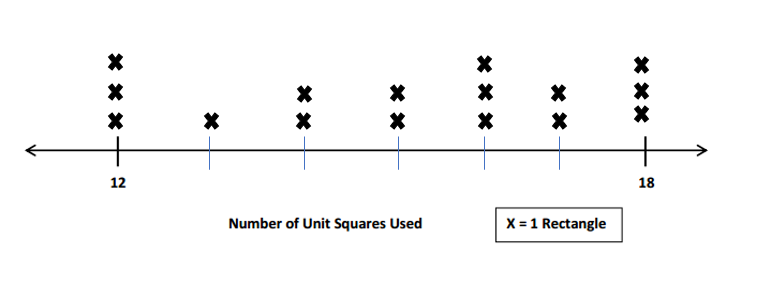


 Explanation:
Explanation:
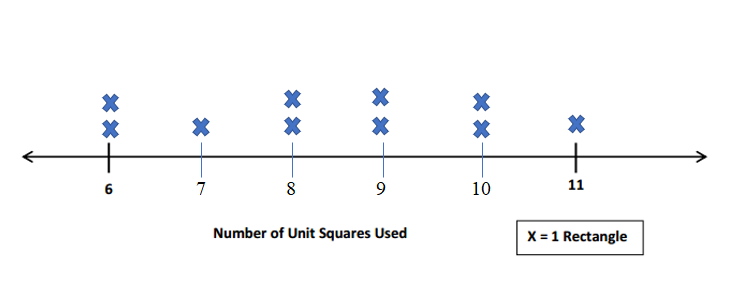
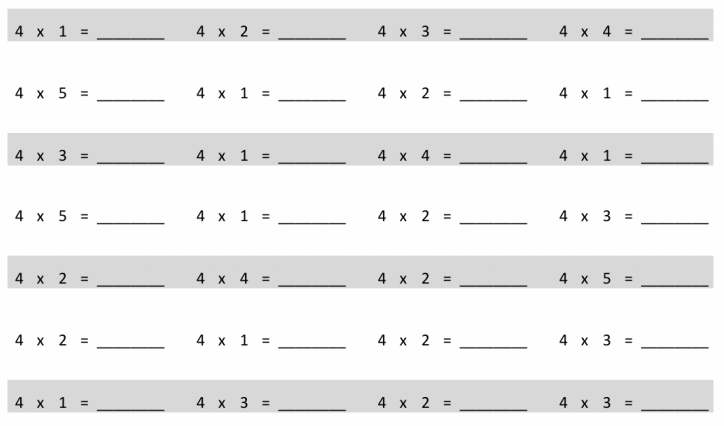
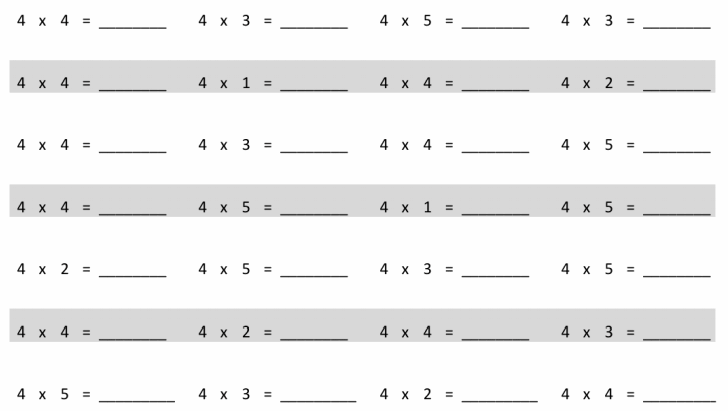

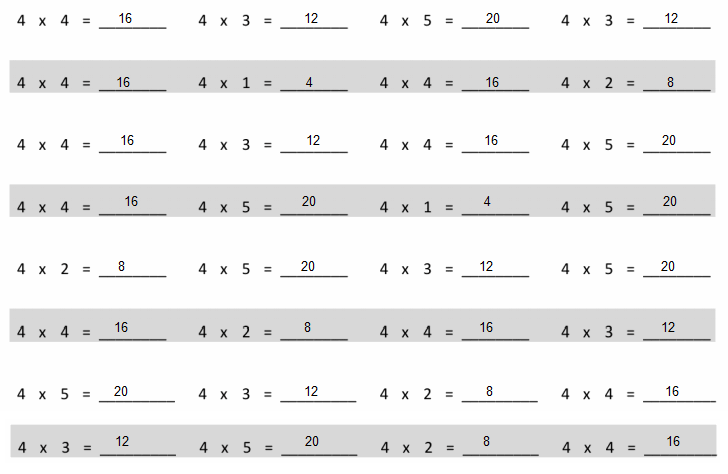
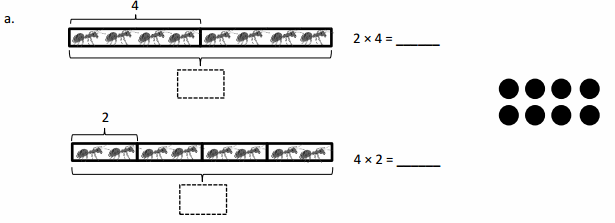

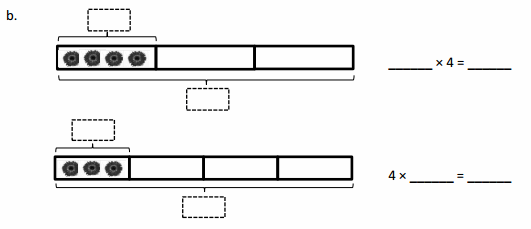

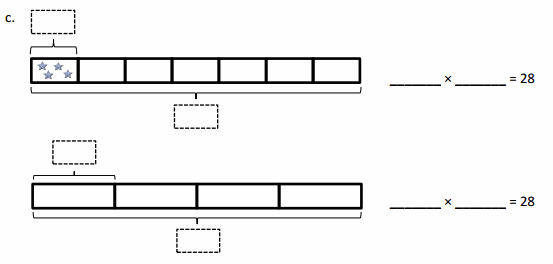



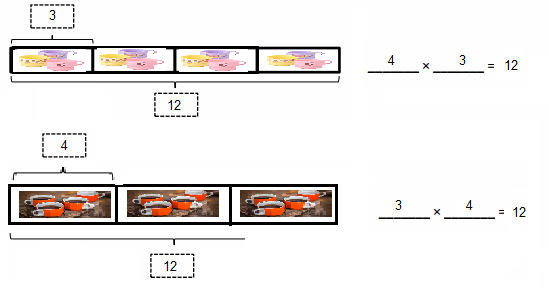
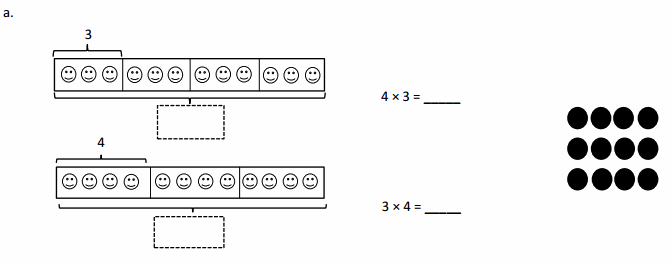

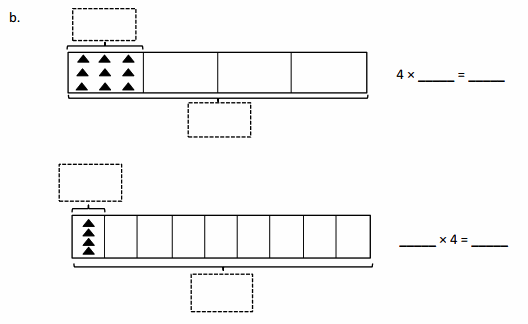
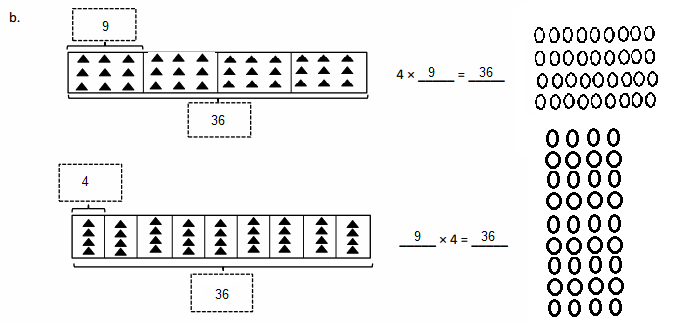
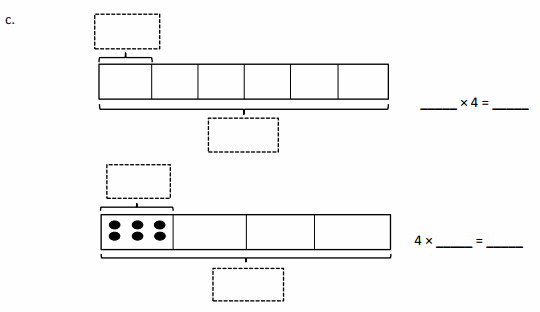
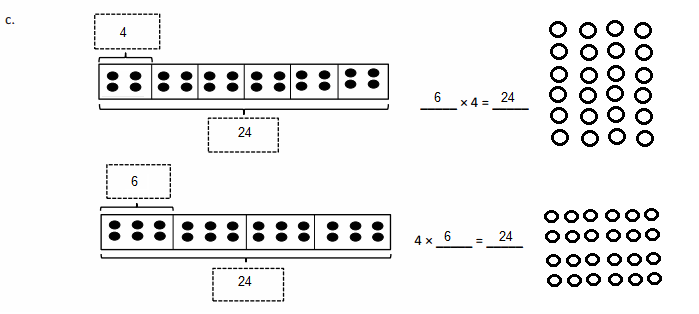
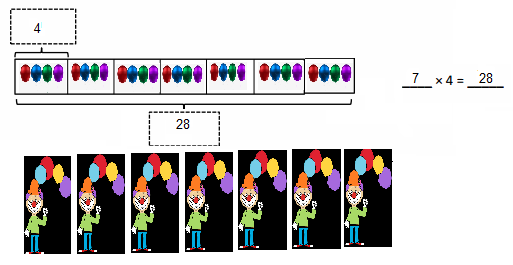

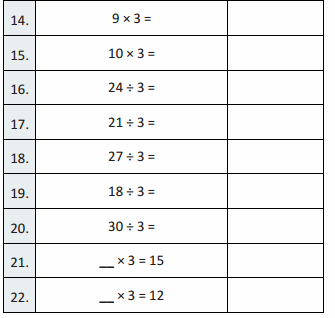
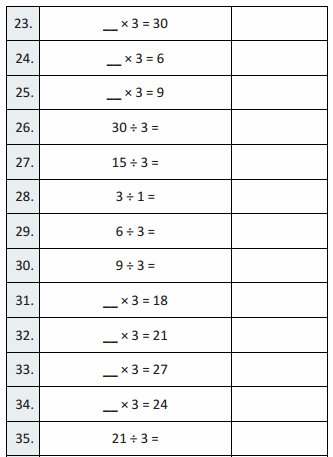
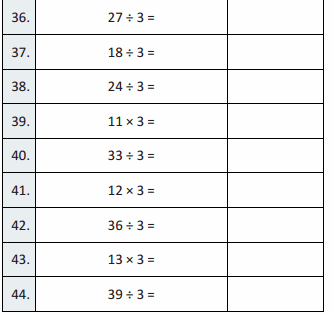
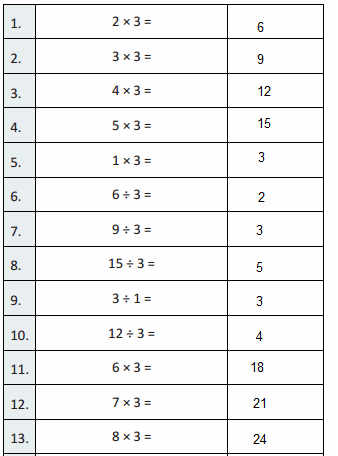
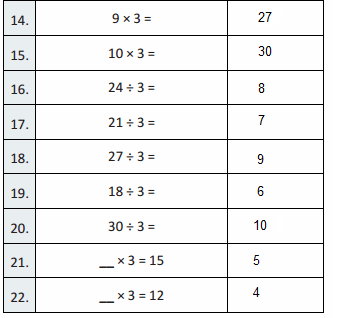
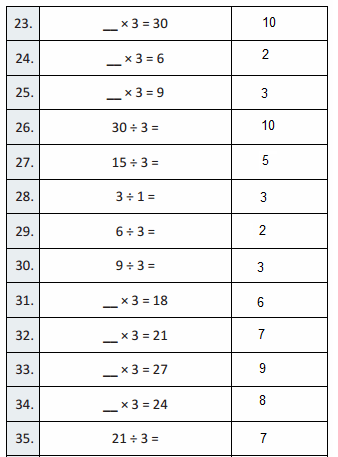
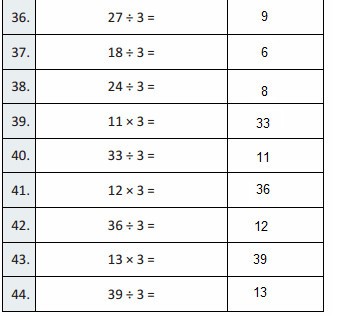
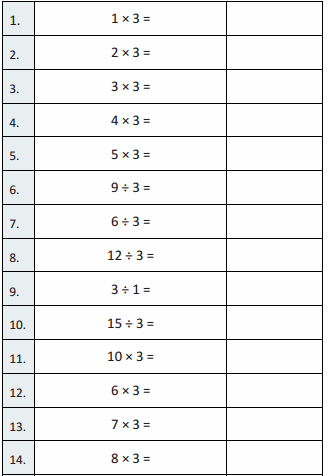

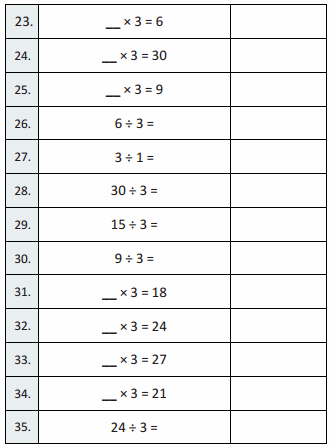
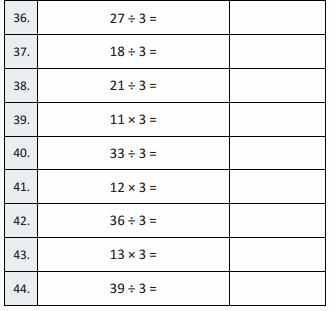
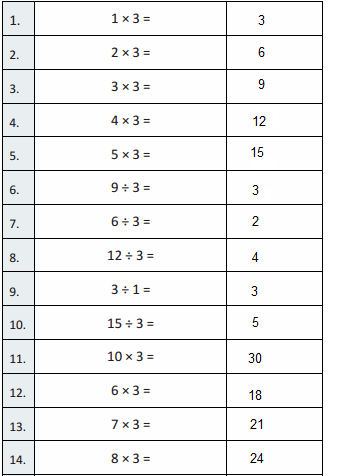




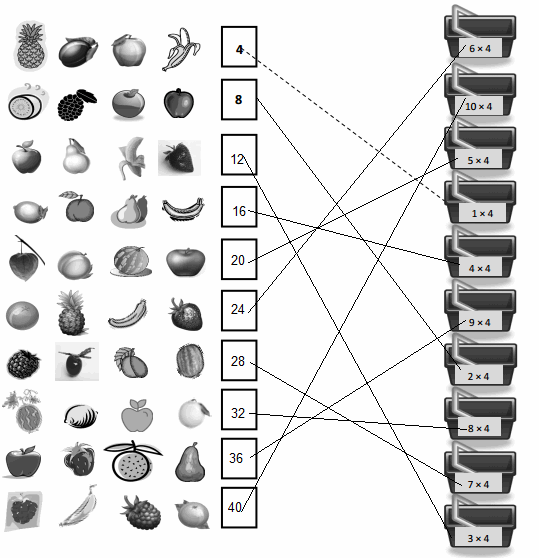


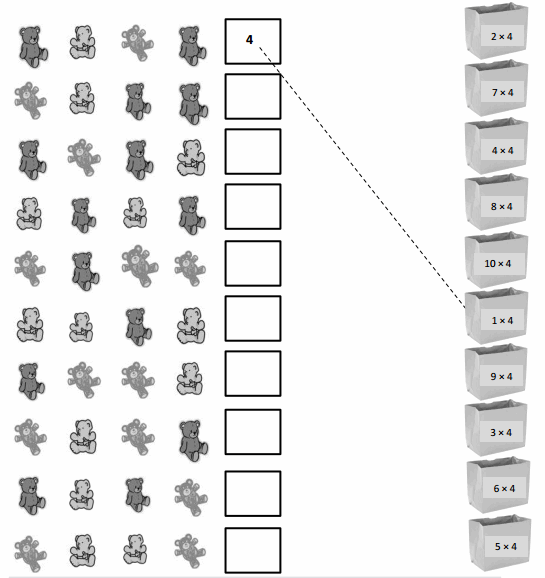
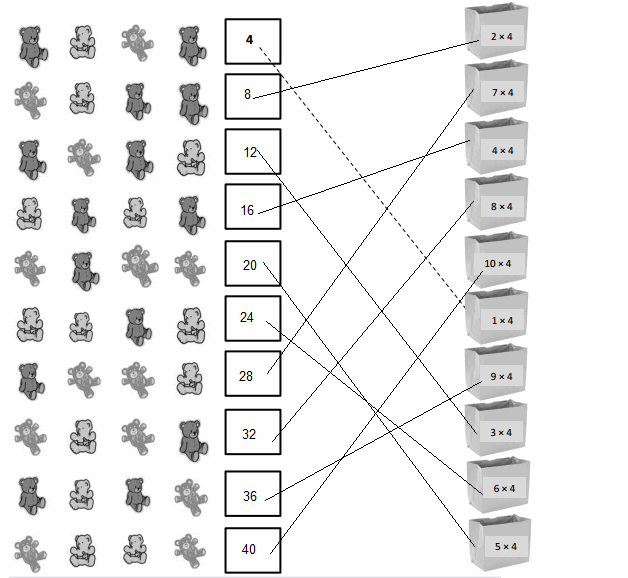
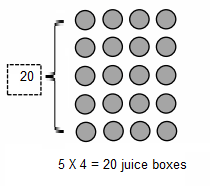

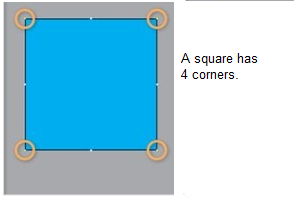
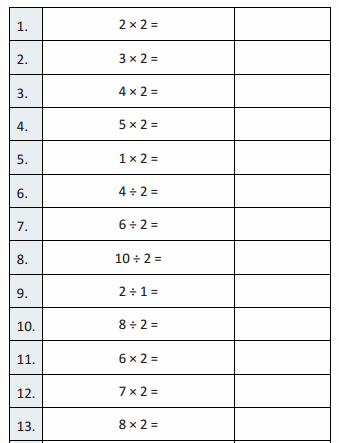
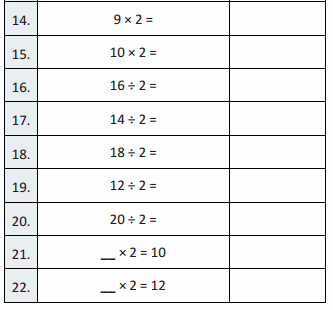
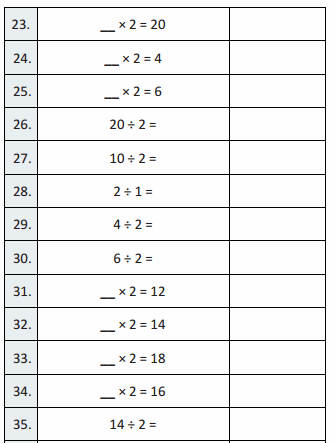

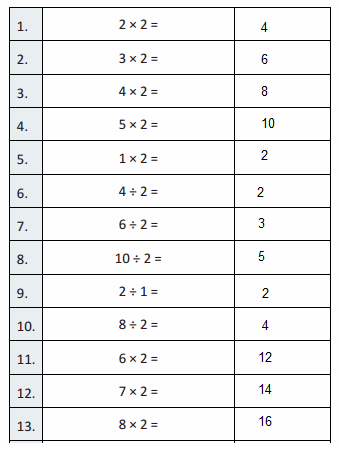
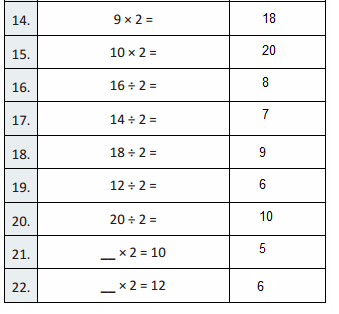
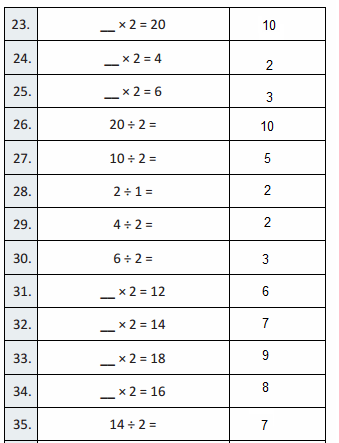
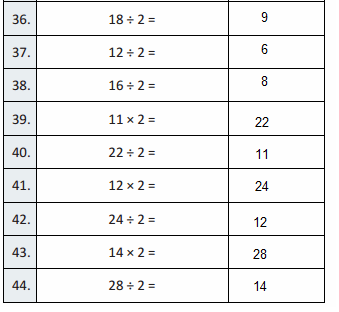
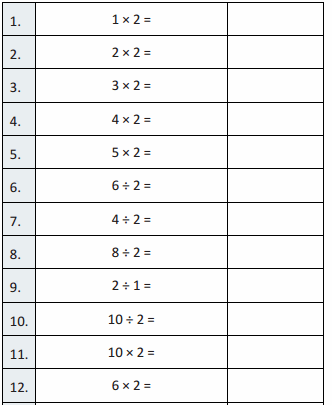
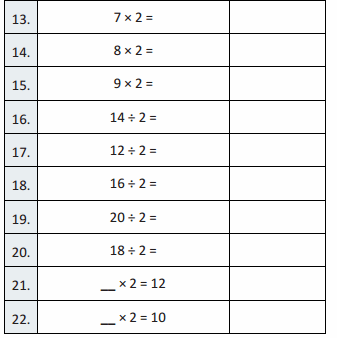
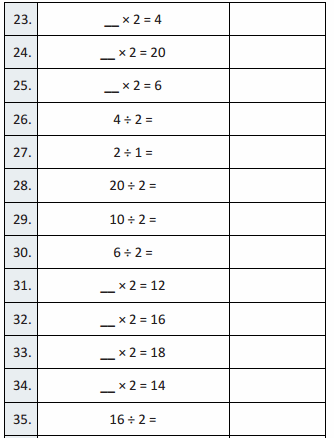

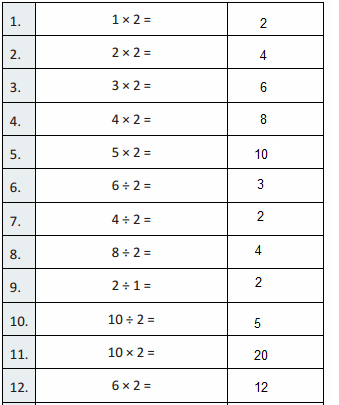
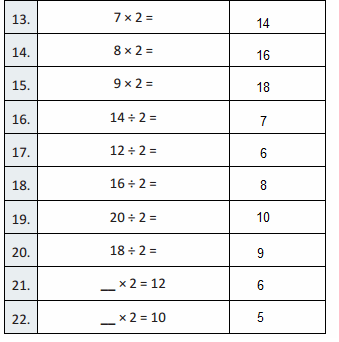
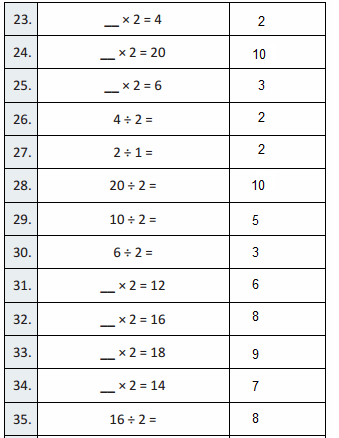
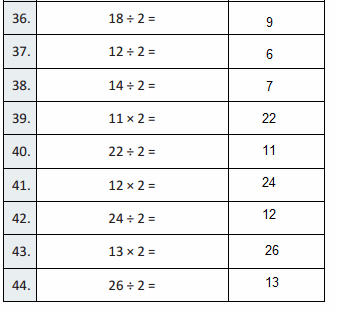
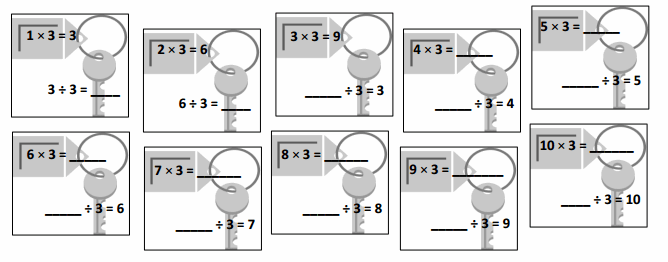
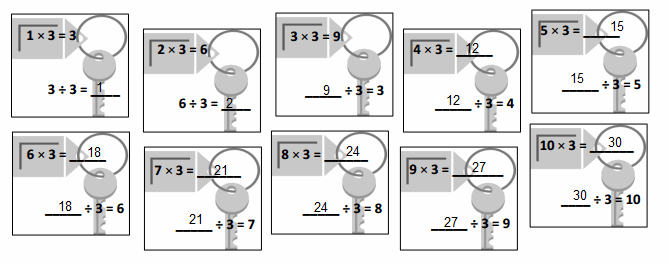


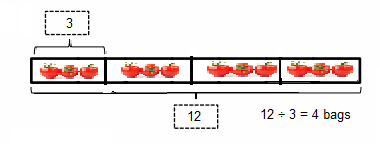








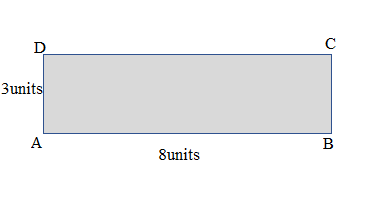



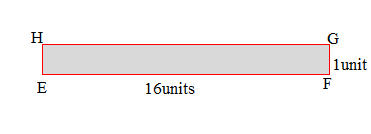
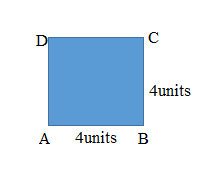



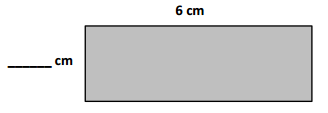

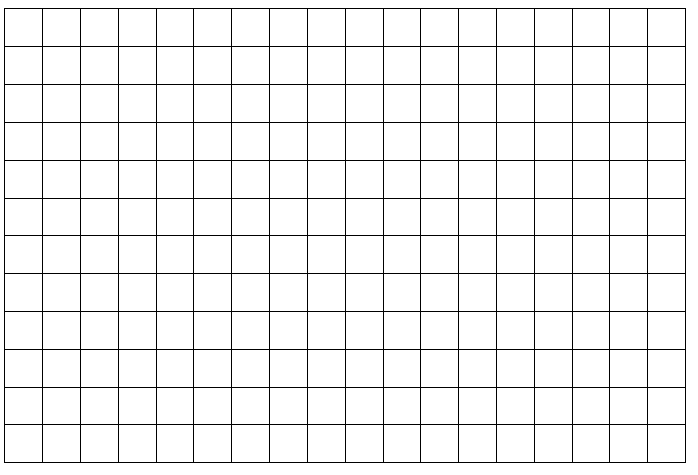

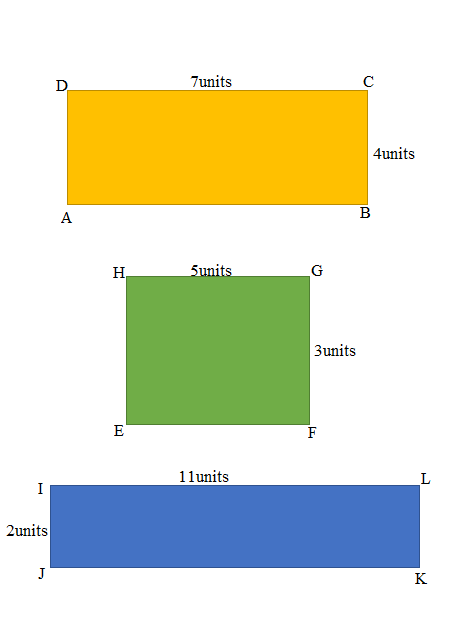

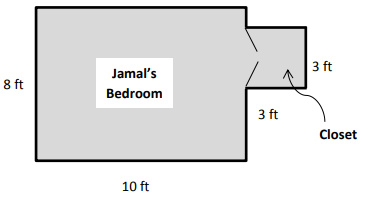
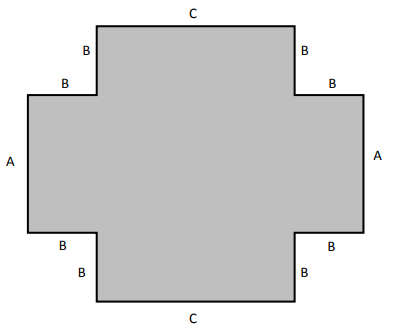
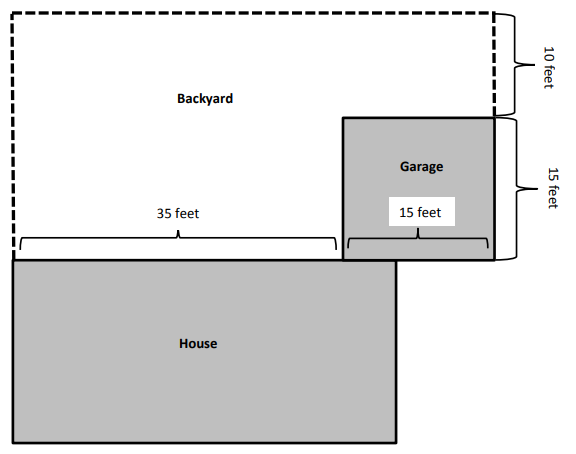
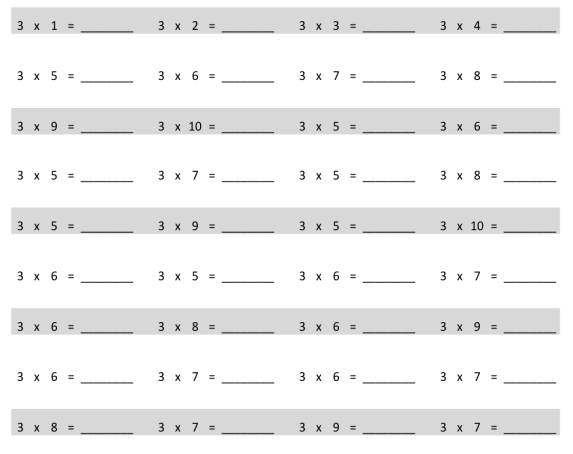

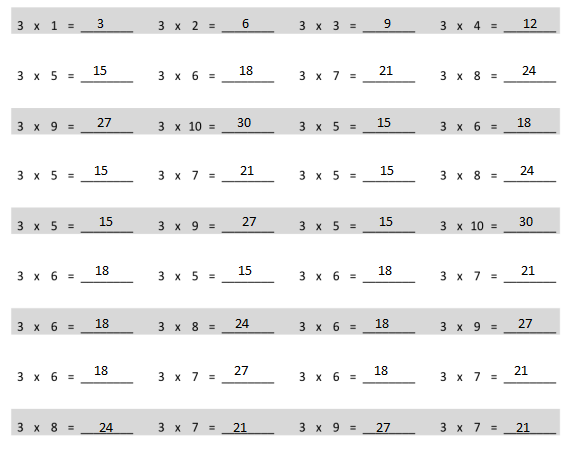

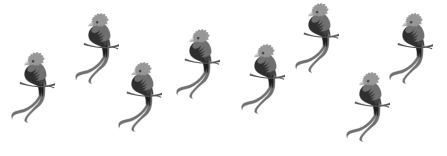

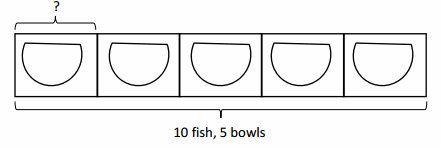
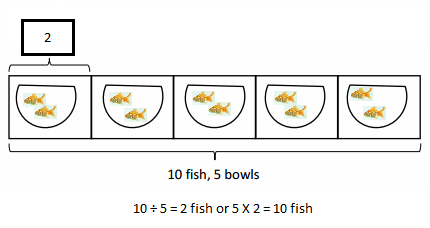
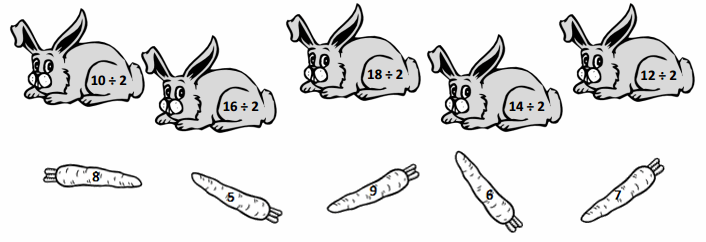
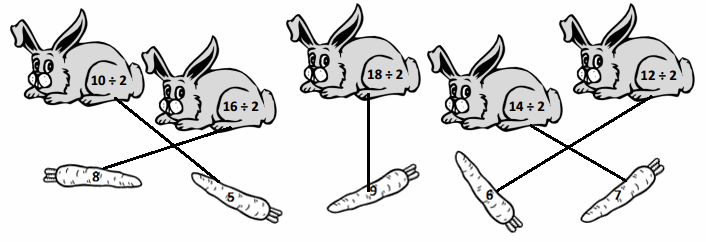 Explanation:
Explanation:
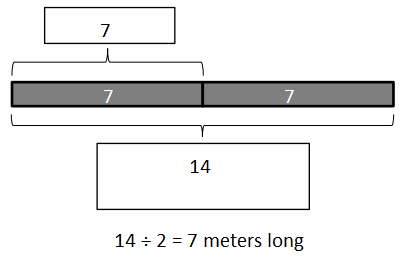




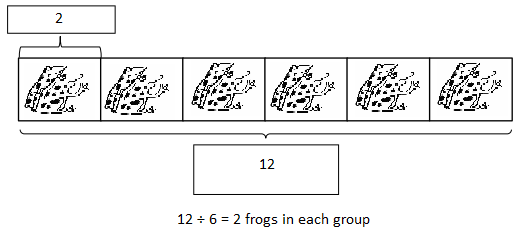

 Explanation:
Explanation: